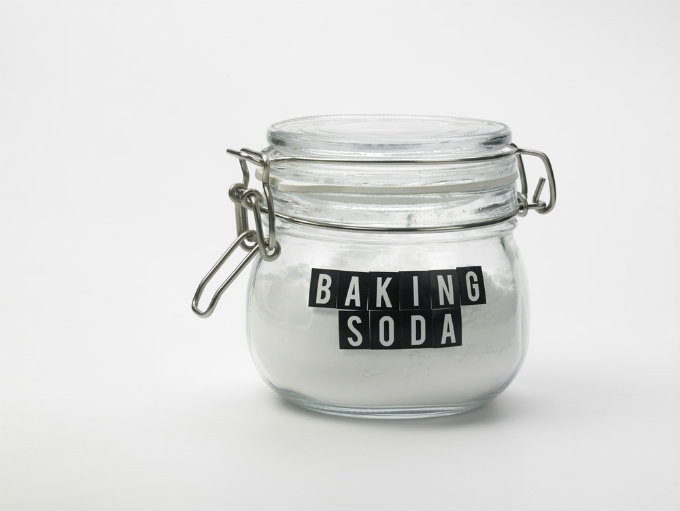10 Home Remedies to Remove Earwax

Make sure to like Living Green and Frugally on Facebook, Shop at amazon to help support my site and explore our PINTEREST BOARDS for innovative ways you can become self-sufficient.
Earwax, medically known as cerumen, is a natural substance produced by glands in the ear canal to keep the ear clean and lubricated. However, excessive buildup of earwax can lead to discomfort, impaired hearing, and even infection.
While there are commercial products available for earwax removal, many people prefer natural remedies due to their accessibility and minimal side effects.
Here are 10 home remedies to safely remove earwax and precautions to ensure you’re doing it safely:
1. Warm Water Rinse:
- Method: Use a rubber bulb syringe to gently flush warm water into the ear canal.
- Precaution: Ensure the water is not too hot to avoid burning the delicate skin inside the ear.
2. Hydrogen Peroxide:
- Method: Mix equal parts of hydrogen peroxide and water. Tilt your head and gently pour the solution into the affected ear.
- Precaution: Avoid using hydrogen peroxide if you have a perforated eardrum or a history of ear problems.
3. Olive Oil:
- Method: Warm olive oil slightly and put a few drops into the affected ear. Allow it to sit for a few minutes before tilting your head to let it drain out.
- Precaution: Make sure the oil is not too hot to prevent burns.

4. Vinegar and Rubbing Alcohol Solution:
- Method: Mix equal parts of white vinegar and rubbing alcohol. Use a dropper to put a few drops into the ear and then drain after a few minutes.
- Precaution: Avoid this remedy if you have a history of ear infections.
5. Baby Oil or Mineral Oil:
- Method: Similar to olive oil, warm up the oil slightly and put a few drops into the ear. Allow it to sit for a few minutes before draining.
- Precaution: Ensure the oil is not too hot to avoid injury.
6. Warm Compress:
- Method: Soak a washcloth in warm water and wring out excess water. Hold the warm compress against the affected ear to soften the wax.
- Precaution: Avoid applying too much pressure to prevent damage to the ear canal.
7. Ear Drops:
- Method: Over-the-counter ear drops designed for wax removal can be effective. Follow the instructions provided on the product packaging.
- Precaution: Consult a healthcare professional before using ear drops, especially if you have any underlying medical conditions.
8. Saltwater Solution:
- Method: Mix one teaspoon of salt in half a cup of warm water. Use a dropper to put a few drops into the ear and then drain after a few minutes.
- Precaution: Ensure the salt is completely dissolved to prevent irritation.
9. Baking Soda Solution:
- Method: Mix equal parts of baking soda and water to create a solution. Use a dropper to put a few drops into the ear and then drain after a few minutes.
- Precaution: Avoid using this remedy if you have a perforated eardrum.

10. Garlic Oil:
- Method: Crush a clove of garlic and mix it with olive oil. Warm the mixture slightly and put a few drops into the ear. Allow it to sit for a few minutes before draining.
- Precaution: Avoid this remedy if you are allergic to garlic.
Precautions to Take:
- Avoid inserting cotton swabs or other objects into the ear canal, as they can push the wax further in or cause injury.
- Do not attempt to remove earwax if you have a history of ear infections, a perforated eardrum, or other ear conditions without consulting a healthcare professional.
- If you experience severe pain, drainage, or hearing loss, seek medical attention promptly.
- Always use remedies at room temperature or slightly warmed to prevent burns or discomfort.
- If you are uncertain about which remedy to use or if you have any concerns, consult a healthcare professional for guidance.
In conclusion, while home remedies can be effective in removing earwax, it’s crucial to proceed with caution and follow proper techniques to avoid injury or complications. If you’re unsure or if you experience any adverse effects, consult a healthcare professional for guidance and appropriate treatment.
Medical Disclaimer: The content provided in this article is intended for informational purposes only and should not be considered as medical advice or a substitute for professional medical expertise, diagnosis, or treatment. Always seek the advice of your physician or other qualified health provider with any questions you may have regarding a medical condition. Never disregard professional medical advice or delay in seeking it because of something you have read in this article.